Adding kitchen scraps to a new bin?
organic_dcox
14 years ago
Related Stories

GARDENING GUIDESHouzz TV: Make a Worm Bin for Rich Soil and Happy Plants
A worm-powered compost bin that can fit under a sink turns food scraps into a powerful amendment for your garden. Here’s how to make one
Full Story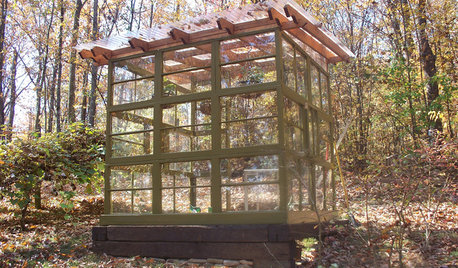
GARDENING AND LANDSCAPINGSee a Family Greenhouse Grown From Scraps
Can-do resourcefulness and less than $400 lead to a new 8- by 8-foot home for plants on a Tennessee family's property
Full Story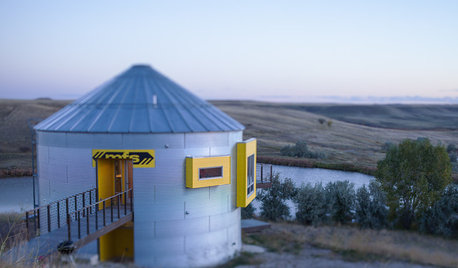
HOUZZ TOURSHouzz Tour: Prairie Grain Bin Turned Bucolic Retirement Home
An agrarian structure and a big dream combine in this one-of-a-kind home that celebrates 250 acres of Montana grasslands
Full Story
GREAT HOME PROJECTSWhat to Know About Adding a Reclaimed-Wood Wall
Here’s advice on where to put it, how to find and select wood, what it might cost and how to get it done
Full Story
MODERN HOMESHouzz TV: Seattle Family Almost Doubles Its Space Without Adding On
See how 2 work-from-home architects design and build an adaptable space for their family and business
Full Story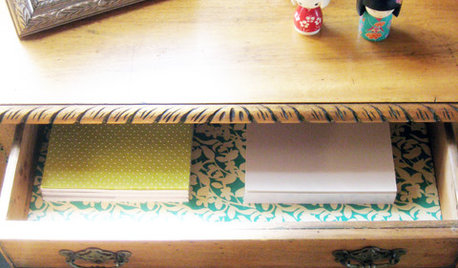
DECORATING GUIDES10 Ways to Reuse Wrapping Paper
Don't just toss your prettiest paper in the trash or recycling bin — gift wrap scraps can make wonderful home decor
Full Story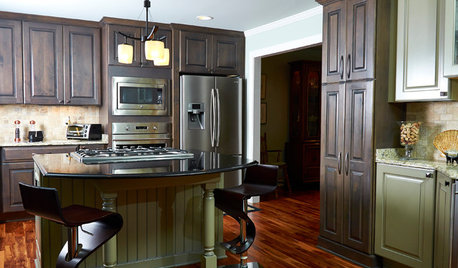
KITCHEN MAKEOVERSKitchen of the Week: Rich Materials, Better Flow and a Garden View
Adding an island and bumping out a bay window improve this kitchen’s layout and outdoor connection
Full Story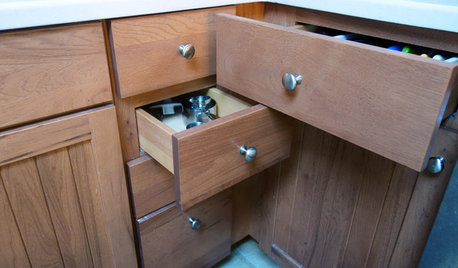
FUN HOUZZ10 Truly Irritating Things Your Partner Does in the Kitchen
Dirty dishes, food scraps in the sink — will the madness ever stop?
Full Story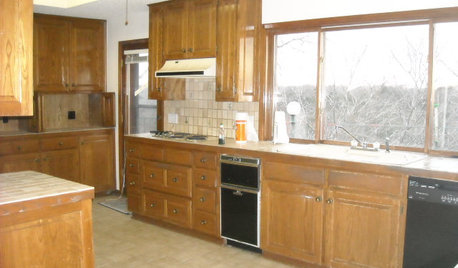
GREEN BUILDINGHow to Recycle Your Kitchen
Instead of adding to the junk pile — and paying landfill fees — get rid of old appliances, cabinets and countertops the ecofriendly way
Full Story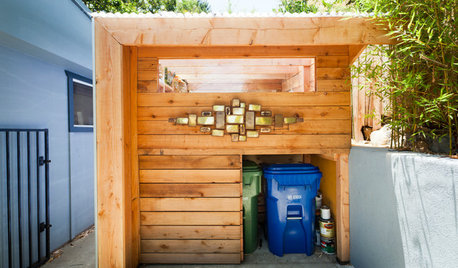
CURB APPEALHouzz Call: How Do You Hide Your Trash?
No one wants to see those trash and recycling bins. So where do you stash them while you wait for the garbage truck? Show us your designs!
Full StoryMore Discussions






equinoxequinox
sbryce_gw
Related Professionals
Addison Landscape Contractors · Brockton Landscape Contractors · Cerritos Landscape Contractors · Framingham Landscape Contractors · Gaithersburg Landscape Contractors · Inglewood Landscape Contractors · Oak Forest Landscape Contractors · Immokalee Stone, Pavers & Concrete · Bell General Contractors · San Elizario General Contractors · Schertz General Contractors · Seal Beach General Contractors · View Park-Windsor Hills General Contractors · West Whittier-Los Nietos General Contractors · Wyomissing General Contractorsorganic_dcoxOriginal Author
sbryce_gw
plumiebear
organic_dcoxOriginal Author
equinoxequinox
sbryce_gw
Shaul
sbryce_gw
cathd66
eric30
equinoxequinox
Shaul